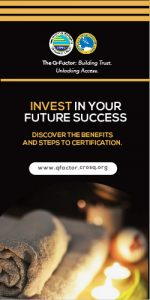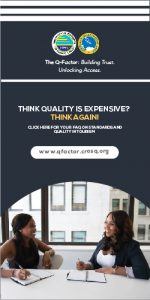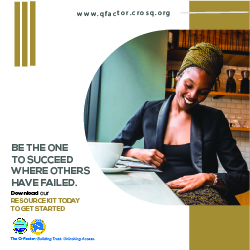The Evolution of Quality
- crosqblog
- on Apr, 29, 2021
- Category 11th EDF EPA TBT Programme, Demand for Quality, Quality Management Systems
- Comments Off on The Evolution of Quality
Just like everything in our lives these days, the COVID-19 pandemic has put quality services, systems and processes to the practical test within CARICOM.
Our regional experts have been taking these challenges and turning them into learnings and opportunities, both for the companies that are benefitting from the journey to accreditation under the Technical Barriers to Trade Component of the EU’s 11th European Development Fund (EDF)-Economic Partnership Agreement (EPA) Programme, as well as their own businesses. We bring to you two such accreditation experts, Mrs. Maxine Campbell of MCA Ltd, and Mrs. Sheryl Anderson of QSSI, who have been guiding some of our quality organisations in CARIFORUM countries, under the 11th EDF-EPA programme through the process to accreditation. Their takeaways are sure indications of the positives that can come out of adversity – it’s only a matter of outlook.
“Accommodate, Adjust and Wait . . .”
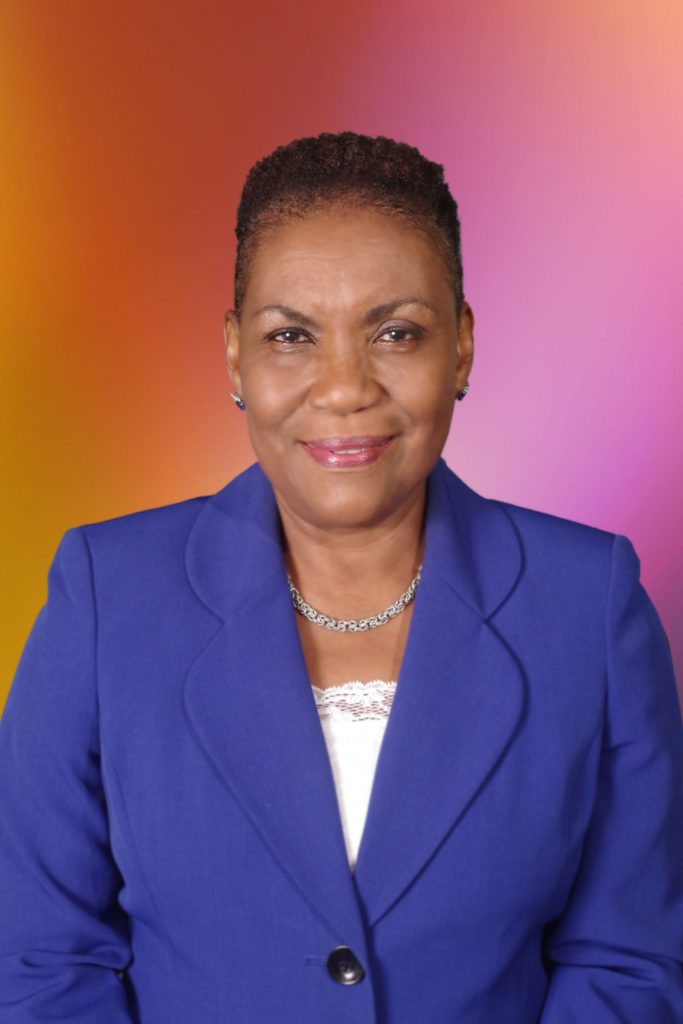
Maxine Campbell gives off an aura of ease, comfort, confidence – and it’s no wonder. She’s a quality professional with over 24 years in her field of quality management, as a consultant, trainer and auditor of companies, and managing director of MCA Ltd.
In a recent sit down to chat with CROSQ which has been managing the accreditation sub-component of the programme, Maxine was firm that yes there had been challenges, but there were also insights within the impacts of the pandemic on the work. She has been engaged under the 11th EDF-EPA programme to usher two quality services entities, which we won’t identify at this point, through accreditation. And it has been quite a journey so far in crafting a quality strategy for the companies.
“The steps are basic for all companies. There is a standard way of approaching it. The first thing that happens when a company wants to become accredited is that we have to determine the state of the company as is. What we do is what we call a gap audit, and that gap audit compares what already exists within the company, (because the company has been around for some time, therefore there are systems in place), with what is required by the applicable standard.
“What we are really doing in a gap audit is really comparing what the company has already with what the standard requires and there can be several different standards, conformity assessment standards,” she says.
We’ll explain the accreditation steps in a subsequent article, but to break it down – there are standards (basic rules of how processes should be done and how professionals should do them to conform with international best practice) that companies’ management systems can be accredited to. This accreditation says, ‘yes, I have met the requirements the determine my way of conducting this process is accurate, traceable and consistent each and every time.’
The experts provided by the programme are there to help the companies find where the gaps exist between what they already do and what the standards say must be done as a best practice. The expert then walks the company through filling those gaps, so an independent organisation (accreditation body) can then come in and audit their processes to determine if their way of doing these specific procedures meet the requirements to deem that company accredited.
For Maxine, who’s been doing this for years and seen many companies in many countries in the CARICOM region through the process, this has been the same – and yet not.
The gap audits are usually face-to-face activities. This time around however, that has been a no-no.
“You would understand that the consultant is external and has no understanding of the company prior to this. The consultant does not understand the culture of the company; it is not just about getting the technical requirements right but also get buy in from the employees. In order to get the technical requirements right, you have to work with each company . . . So the nature of the implementation also depends on the culture of the company – how quickly we go, exactly what we do and when we do it, because it’s not a one shoe fits all. Companies have different approaches and different ways in which things are done because of their culture. So, you have to get a sense of that.
“Because of COVID that process has been [difficult] if I don’t know the company at all; but fortunately for me, the two companies I’m working with now are companies I have some familiarity with. But this is a new standard from the one I had worked with them before and a new set of participants, a new set of constituents, so we have to do that online and we have to make acquaintances online, understand each other’s shortcomings and we have to work through them. So, cooperation on both sides is required, lots of cooperation, lots of compromises that we have to do,” she explains with a determined eye.
Employees working from home have also brought their own set of challenges, but Maxine has found workarounds. For one, she’s implemented a pre-preparation stage for those engaged in the training, to make sure they have materials ahead of time so that they can prepare. And she’s also increased engagement sessions during the training workshops themselves to ensure that online fatigue does not become too much of a challenge. What she has no control over however has been issues of ICT and bandwidth, where sometimes participants drop out in the middle of a session because their internet or devices fail; or the breakout rooms previously organized fail to operate as expected, bumping participants off.
Additionally, with employees at home, some of the auditing and training steps have been impacted, leading to other types of innovation to make sure all the gaps identified are being addressed and participants satisfied.
It’s with challenges like these that she says patience and collaboration with project coordinators and managers have been vital.
“We have steering committee meetings once a month where we go over the implementation schedule, see where we are, see what accommodations we need to make, what changes we need to make and we are going along in that way.
“The greatest learning is how we deal with different kinds of persons, different kinds of learners who are our constituents. We have to satisfy everyone, so our evaluations [during and at the end of trainings] are important. So we listen to what they have to say and try to accommodate.”
That accommodation comes in the form of extending additional support and understanding the process – what needs to be done, who is involved and what information they need and then liaising back with the programme managers with updates and schedule considerations.
“We have to provide support to the various technical managers and quality managers who are on the spot. They need our full support to get the work done because they are having challenges themselves.
“The main thing is that we can’t be as rigid with our timelines as we once were. So, the timelines are becoming quite fluid and as the process gets harder and as the documents become due and there is implementation, and there are internal audits to be done, several things are coming together, all at once near the end of the project. So, our timelines have to be a little bit more fluid. I think we all understand that but we all have to keep our eyes on [it].”
The reception by the companies she’s working with has been great, she adds, especially amidst the adjustments. While most still prefer the onsite, hands-on approach, she’s been making the virtual approach work for her in these times, wherever practical.
It’s a work in progress, but the trajectory is promising.
“Planning and Foresight is Key”
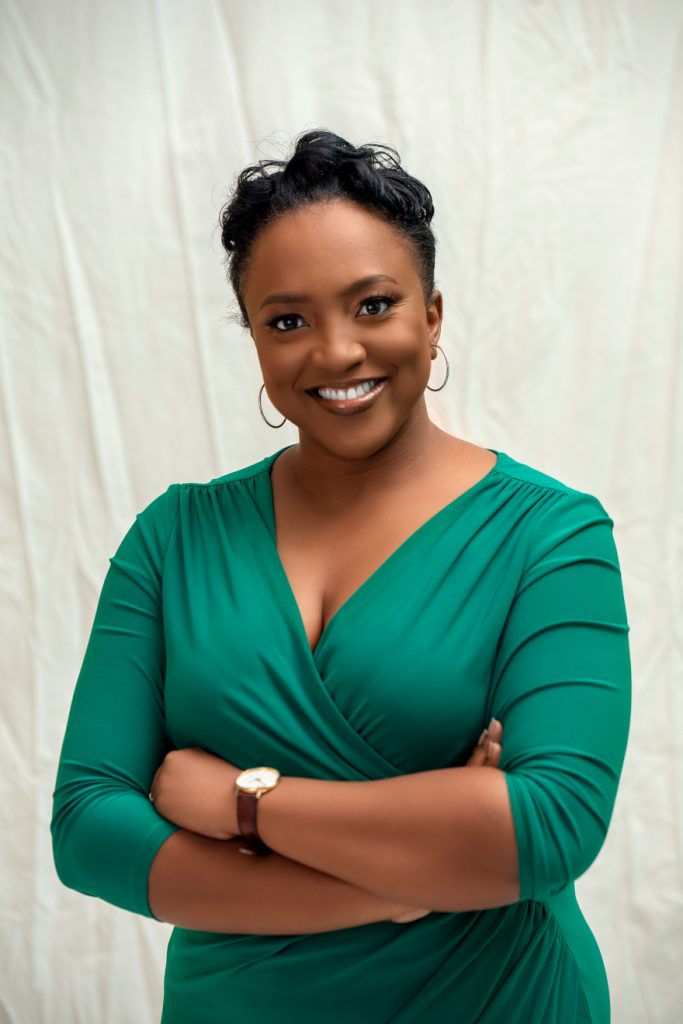
Sheryl Anderson is a planner. She likes to know what is happening, what it’s impact will likely be and how to mitigate any negatives that might come. It’s because of this way of doing things that she believes her company, QSSI, has been able to handle effectively with a lot of the challenges the COVID-19 pandemic has brought to the accreditation process for the company she’s consulting with under the Technical Barriers to Trade (TBT) component of the 11th European Development Fund (EDF), Economic Partnership Agreement (EPA) Programme.
Just sitting in front of Sheryl for mere moments, you know she’s a woman of action. She gives a clear vibe of constantly being on the move, even when she’s sitting still. With a bright smile on her face and quick, thoughtful responses on her tongue, she’ll be the first to say she lives by being prepared for best-case and worst-case scenarios.
She credits the board of her company and the decision more than a year ago to put in place a business continuity plan in the event of an emergency such as a pandemic, and then the learning the technological tools, with their ability to stay afloat now.
She explains that from late 2019, colleagues in China had briefed them on the virus and the fact that it could likely be coming. The first thing they did was to plug such a scenario into their training sessions for companies, asking them to add into their quality management plans such a variable for how quality levels could be maintained if a virus or pandemic was to affect their company.
“It was at that time that I said, we are doing business continuity for agro-processors, I think we need to do one for ourselves as well. So, we did it at QSSI as an exercise and I am telling you, that is the same exercise and the same plan we had to actually put in place and start to put in place and roll out. We knew it was now an expectation, it was now a possible worst-case scenario.”
The 11th EDF-EPA Programme has allowed companies outside of her native Jamaica to also benefit from such planning, especially as they move one such organisation in the region through the process towards accreditation. Zoom, Microsoft Teams, Skype, Google Meets – these have all become their best friend as they sought to liaise with clients to train, conduct gap audits and continue consulting even during regional shut downs.
They already had a virtual training platform established two years ago as well as a learning management portal completed by January of 2020, and it’s these tools that have come to bear on this programme to keep the process going.
And the reception she says has been mixed.
“With the training they can get it at home; so they don’t have to go out. It has been very good in terms of [companies being] receptive towards the training especially.
“One of the things though is that sometimes because you are behind a screen you can have the camera off and be doing work. What we had to do was come up with strategies as to, how do I engage people throughout the entire training. So, what we had to do was reconfigure some of our training to do a lot more exercises in breakout rooms, we had to do more polls; we expect them to do a lot more chat, so we develop a lot more chat questions and so forth, so we had to be a lot more innovative in the training delivery itself.
“It is not just talking and so forth and hoping … because they are not together where you can have the social interaction that gives the richness to the session. So right now, we have to do these types of strategies in order to get that type of interaction as much as possible for the training. But I have to say that the reception to training has been exceptional just because of these strategies.”
Preference for on-site or face-to-face gap audits though are still a reality that experts like her are facing, she says and sometimes they just have to bite the bullet and go, through this CROSQ-managed project hasn’t required that as yet considering safety protocols. But she says they’ve had to develop such safety protocols for when they have to do such face-to-face interactions and those will be shared with the company and in turn they will request the company’s protocols.
But the virtual life is a new reality for all consultants and one they are embracing with a view not to let the quality of delivery or the improvements their clients are seeking slip. What this experience has taught her is that the quality systems really do work – and she can say that even more confidently now, even after more than 20 years in this quality world.
“I have learnt that systems work to mitigate any huge shocks in the system. And it is because of that [I have] so much more confidence in systems. I go out and I preach systems but I can tell you the systems have caused us to rebound much faster and I’m telling you I am so surprised right now how quickly we have rebounded because we have that sort of planning, future planning in place. I can say now . . . if we continue the way we are continuing now, we will exceed our best year which was in 2019.”
So, Sheryl is a walking case study of what can happen when quality is put to the test – it comes out on top.

